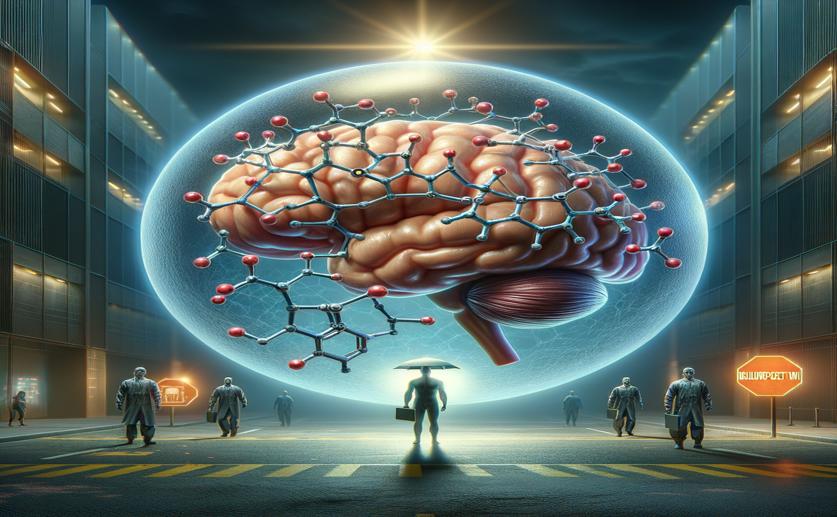
Ginsenoside Rg1 Reduces Brain Damage from Stroke by Blocking Cell Self-Digestion
Jim Crocker
28th June, 2024

Image Source: Natural Science News, 2024
Key Findings
- Researchers at Shanghai University of Traditional Chinese Medicine found that Ginsenoside Rg1 (Rg1) can protect against brain damage caused by restoring blood flow after a stroke
- Rg1 works by inhibiting autophagy, a process that can worsen brain injury if excessive, through multiple steps including blocking autophagy initiation and causing lysosomal dysfunction
- The protective effects of Rg1 are mediated by activating the mTOR signaling pathway, which is crucial for its ability to reduce brain damage during reperfusion
References
Main Study
1) Ginsenoside Rg1 mitigates cerebral ischaemia/reperfusion injury in mice by inhibiting autophagy through activation of mTOR signalling.
Published 27th June, 2024
https://doi.org/10.1038/s41401-024-01334-4
Related Studies
2) Mechanisms of neuronal cell death in ischemic stroke and their therapeutic implications.
3) Nitric oxide induces hypoxia ischemic injury in the neonatal brain via the disruption of neuronal iron metabolism.
4) Shorter Door-to-Needle Times Are Associated With Better Outcomes After Intravenous Thrombolytic Therapy and Endovascular Thrombectomy for Acute Ischemic Stroke.
5) Reperfusion Injury Is Associated With Poor Outcome in Patients With Recanalization After Thrombectomy.



 27th June, 2024 | Greg Howard
27th June, 2024 | Greg Howard